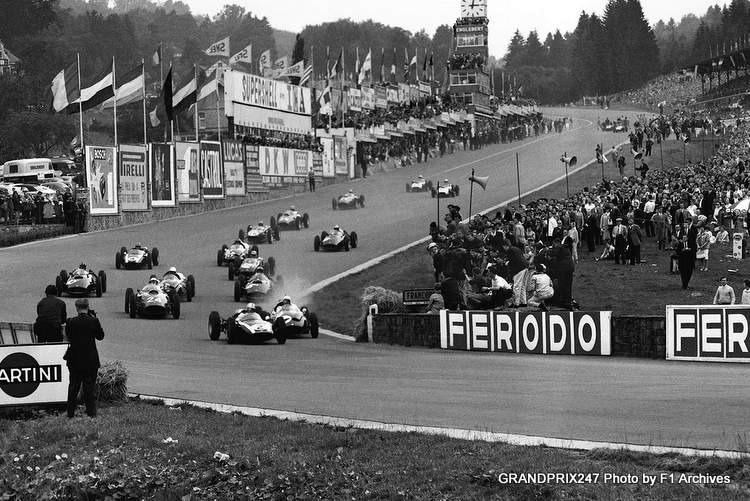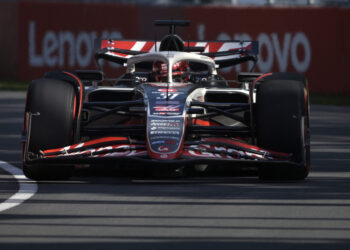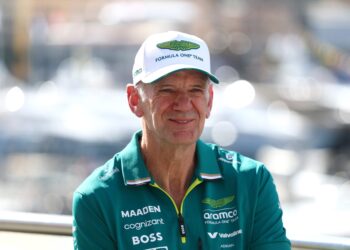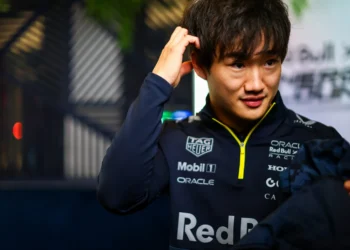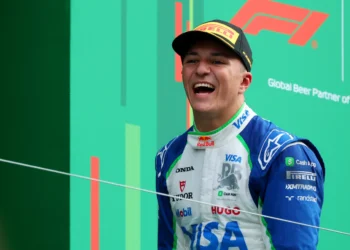1960 Belgian Grand Prix
In the 1933 Italian Grand Prix at Monza Circuit, a tragic incident occurred where three drivers, Giuseppe Campari, Baconin Borzacchini, and Stanislaw Czaykowski, lost their lives. Unfortunately, similar fatal accidents have also haunted junior racing series.
In June 1967, an Italian F3 race in Caserta, near Naples, resulted in the deaths of three drivers: Giacomo “Geki” Russo, Beat Fehr, and Romano Perdomi.
Even the world of motorcycle racing has not escaped these tragedies. The 1973 motorcycle race in Monza resulted in the deaths of Jarno Saarinen and Renzo Pasolini.
The tenth edition of the Belgian Grand Prix took place on June 19, 1960, at the Spa-Francorchamps street circuit in the Fagnes mountains. This race was part of a series of ten races, including the Indianapolis 500, which was held for the last time, and the United States Grand Prix at Riverside International Raceway, held only once.
Similar to what would happen in Imola years later, ominous signs appeared on Saturday in Spa. Stirling Moss suffered a severe accident in his Rob Walker-entered Lotus when the left rear axle failed at Burnenville, causing the car to reach speeds over 200 km/h. Moss was thrown from the vehicle and suffered multiple fractures in his legs and nose.
At the same time, another driver named Mike Taylor, also driving a Lotus, had an accident at the fast right-hand corner known as La Carriere after his steering column broke. He also suffered serious injuries and later filed a lawsuit against Lotus Cars, successfully receiving compensation.
The race on Sunday, consisting of 36 laps, would end up being the deadliest in Formula 1 history in terms of driver fatalities. Jack Brabham, driving a Cooper-Climax, secured pole position and maintained his lead from the start of the race.
On lap 19, English driver Chris Bristow found himself involved in a fierce battle for sixth place with local driver Willy Mairesse. Tragically, Bristow lost control of his Cooper while on the outside entering the Burnenville corner. The car collided with an embankment, causing the driver to be ejected and thrown into the barbed wire fence, resulting in decapitation. Bristow was only 22 years old.
Unaware of the double tragedy that was unfolding, the race continued at high speed, reflecting the safety standards of that time.
On lap 24, Alan Stacey was navigating the fast Malmedy corner before the Masta straight when a bird hit his visor, causing him to lose control and crash. His Lotus caught fire, and Stacey was ejected from the car, losing his life before any assistance could reach him.
Despite the somber events, the race continued, with “Black Jack” Brabham leading from start to finish.
Chris Bristow, a daring and fast driver, was born on December 2, 1937. His journey in the world of racing began at the age of nineteen, behind the wheel of an MG Special. He made his mark by surpassing Jack Brabham and Roy Salvadori in a Formula 2 race at Brands Hatch in 1959.
After the unfortunate death of Ivor Bueb, winner of the 1955 Le Mans race, at Clermont-Ferrand, Ken Gregory, head of the British Racing Partnership, decided to hire Bristow as a replacement.
Bristow debuted in Formula 1 at the 1959 British Grand Prix, which took place near Liverpool, at Aintree. Driving for the BRP team in a Cooper-Borgward T51, he finished in tenth place. However, he was absent from the first race in Argentina in 1960. In the second race in Monaco, he showed his talent by qualifying in an impressive fourth place in his Yeoman Credit Racing Cooper-Climax T51.
Unfortunately, his race was interrupted after only seventeen laps due to a gearbox failure. His second race of the season was the Dutch Grand Prix at Zandvoort, where he qualified in seventh place. However, engine problems forced him to retire after completing only nine of the seventy-five laps.
Tragically, the 1960 Belgian Grand Prix marked the end of Bristow’s short but promising Formula 1 career. It was only his fourth participation in the Championship before his premature retirement in Spa.
Ken Gregory, his team owner, would later compare Bristow to another young driver who made a memorable debut in Grand Prix racing at the same circuit in 1991 – Michael Schumacher.
Alan Stacey, born on August 29, 1933, in Broomfield, Essex, had a challenging start to his racing career. At seventeen years old, he had a motorcycle accident that resulted in him having a prosthetic right leg. However, this did not stop him from pursuing his passion. In 1955, he started racing with a Lotus and achieved victories at Brands Hatch and Crystal Palace, catching the attention of Colin Chapman.
The debut of Stacey in Formula 1 took place at the 1958 British Grand Prix in Silverstone. Unfortunately, he encountered engine problems on lap 19, which forced him to retire. He continued his journey in 1959 at Aintree, finishing eighth once again driving a Lotus. However, his luck ran out in the final race of the season at Sebring, where he failed to complete the first lap of the inaugural United States Grand Prix.
Chapman entered Stacey for the entire 1960 season. However, his races in Argentina and Monaco ended prematurely on lap 24 and lap 23, respectively. In the Dutch Grand Prix, he managed to last until lap 57 out of 75 before his unfortunate retirement at Spa. Stacey’s racing career came to a tragic end at the age of 26.
© 2024
Football is one of the most popular sports in the world and, as such, attracts the attention of millions of passionate fans. With talented players, competitive teams, and exciting games, football is a passion that unites people from different cultures and backgrounds.
This season, fans have had the pleasure of watching great games and witnessing incredible moments on the field. Teams like Real Madrid, Barcelona, and Manchester United have shown their talent and skill, achieving impressive victories and making their fans proud.
In addition to the thrilling games, football is also known for its fierce rivalries. The classics between teams like Flamengo and Fluminense, Boca Juniors and River Plate, and Liverpool and Manchester City always attract great attention and generate a lot of excitement.
However, football is not just about games and rivalries. It is also an opportunity for players to showcase their talent and individual skills. Names like Lionel Messi, Cristiano Ronaldo, and Neymar Jr. are known for their brilliance on the field and have fans worldwide.
Furthermore, football also has a significant impact on the global economy. Football clubs like Real Madrid and Barcelona are powerful brands that generate billions of dollars in revenue each year. Sponsors and commercial partners are willing to invest large sums of money to be associated with these renowned clubs and players.
In summary, football is much more than just a sport. It is a passion that transcends borders and unites people from different parts of the world. With its excitement, fierce rivalries, and talented players, football continues to enchant and inspire fans worldwide.

